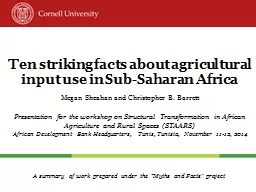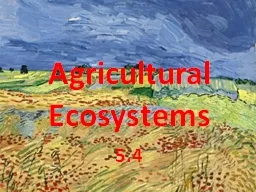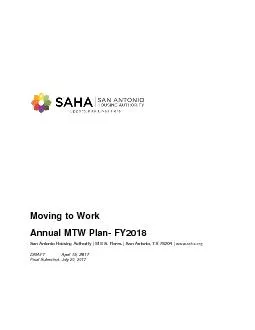PPT-Ten striking facts about agricultural input use in Sub-Saha
Author : karlyn-bohler | Published Date : 2015-11-25
Megan Sheahan and Christopher B Barrett Presentation for the workshop on Structural Transformation in African Agriculture and Rural Spaces STAARS African
Presentation Embed Code
Download Presentation
Download Presentation The PPT/PDF document "Ten striking facts about agricultural in..." is the property of its rightful owner. Permission is granted to download and print the materials on this website for personal, non-commercial use only, and to display it on your personal computer provided you do not modify the materials and that you retain all copyright notices contained in the materials. By downloading content from our website, you accept the terms of this agreement.
Ten striking facts about agricultural input use in Sub-Saha: Transcript
Download Rules Of Document
"Ten striking facts about agricultural input use in Sub-Saha"The content belongs to its owner. You may download and print it for personal use, without modification, and keep all copyright notices. By downloading, you agree to these terms.
Related Documents














